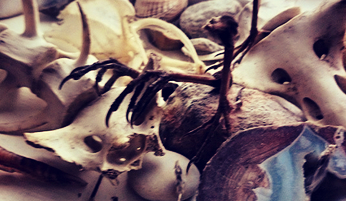 xxxxxxxxxxxxxxxxxxxxxxxxxxx
xxxxxxxxxxxxxxxxxxxxxxxxxxx
♛ - ♛ - ♛ - ♛ - ♛ - ♛ - ♛
gamal árstíð, meaning ancient
season in faroese. faroese is a
language used by people in the
faroe islands.
why? because she reminds me of
the extraordinary land
features that reside in this
gorgeous, but dangerous island
range. let me list a few facts
about these islands.
these islands, first of all,
are obviously geographically
diverse. but can you guess how
many people live in these harsh
circumstances? 23? 9546? no, no.
there are surprisingly 49,469
living in the 18 faroe islands.
a small but large population.
small compared to other places,
but large in perspective.
these islands are diverse in
another way. traditional
faroese food is mainly based
on meat, seafood and potatoes
and uses few fresh vegetables.
mutton is the basis of many
meals and one of the most
popular treats is skerpikjøt,
well aged, wind-dried mutton,
which is quite chewy. the
drying shed, known as a
hjallur, is a standard feature
in many faroese homes,
particularly in the small towns
and villages. other traditional
foods are ræst kjøt and ræstur
fiskur, matured fish. another
faroese specialty is grind og spik,
pilot whale meat and blubber.
well into the last century,
meat and blubber from a pilot whale
meant food for a long time. fresh
fish also features strongly
in the traditional local diet, as do
seabirds, such as faroese puffins,
and their eggs. dried fish is also
commonly eaten.
now, you may ask. why is this woman
still going on about these dumb
islands?! well, because. im trying to
get at something, that gamal is a
very diverse being herself, originating
in these islands and growing to strongly
express and appreciate her culture.
that is gamal. she enjoys eating her
traditional dishes and spends most of her
time by the water. her traditions shape
her personality, a well rounded and
down to earth female.









